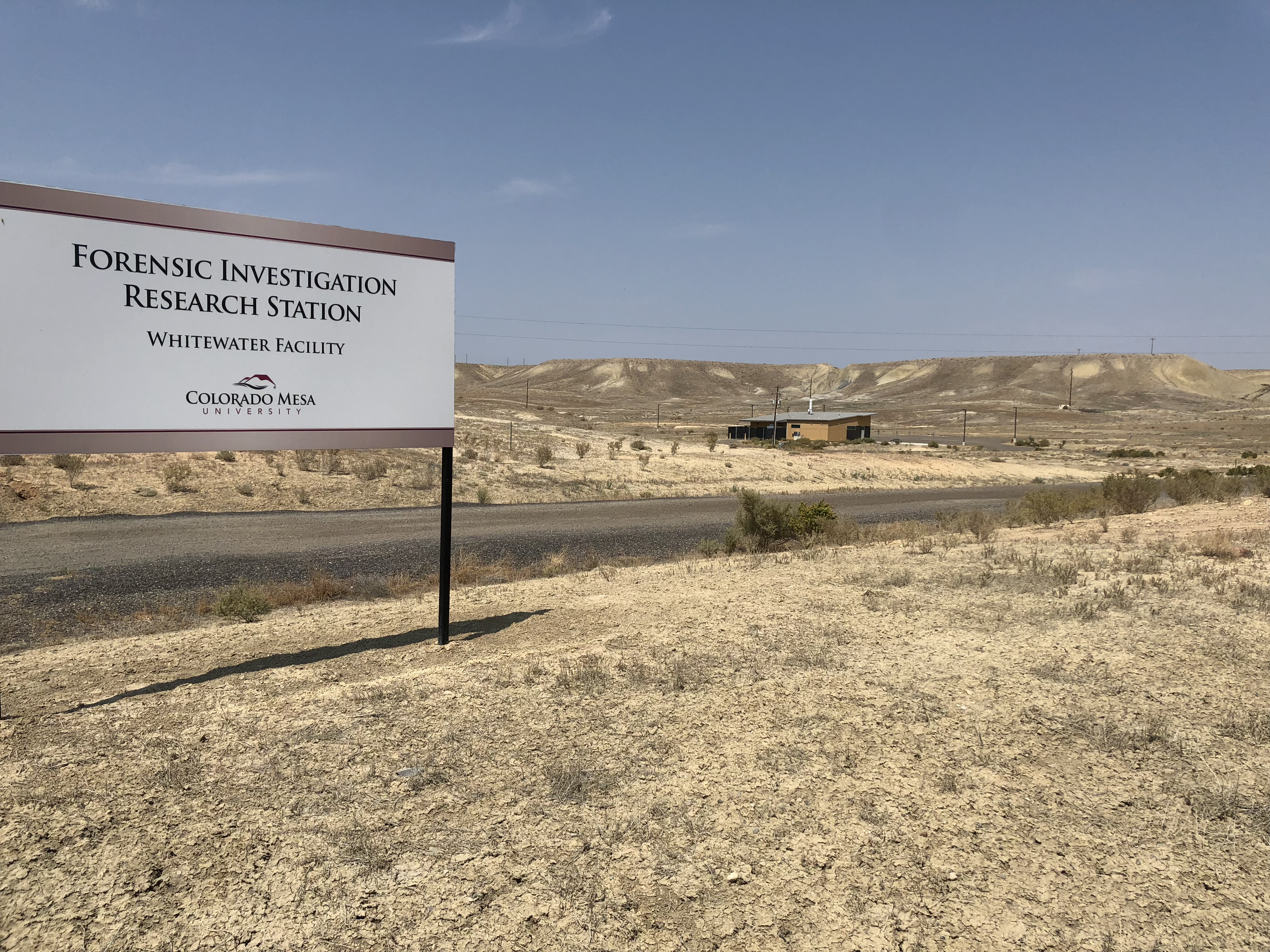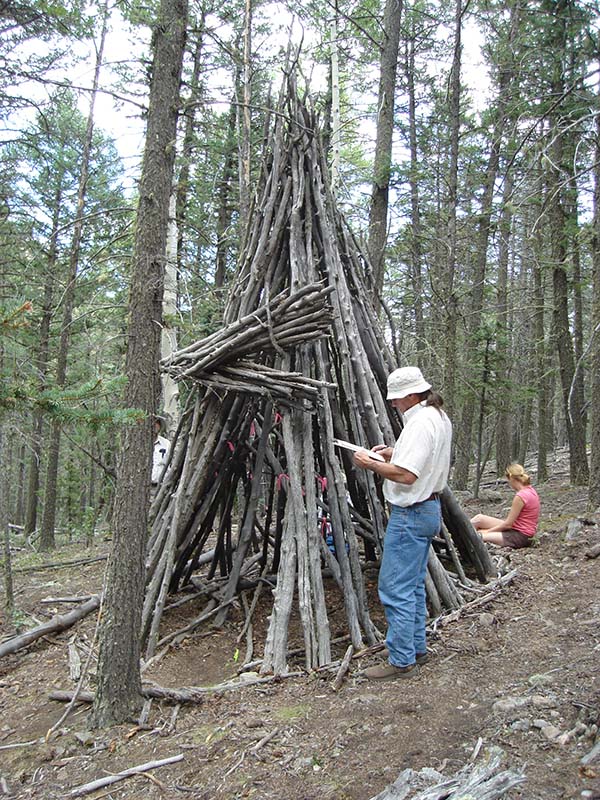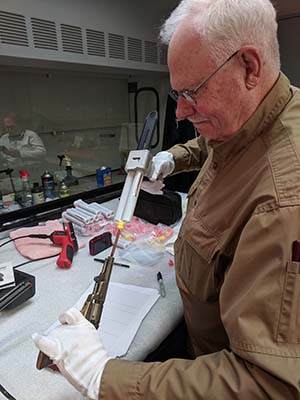The research completed at the Forensic Investigation Research Station focuses on the decomposition of human remains. The FIRS has a donation program where individuals and next-of-kin can donate remains to the facility for education and research. This is one of less than 10 such facilities world-wide and only a few of those work primarily with undergraduate students.
Students are integral to the research and daily operations at the FIRS. See more at the FIRS' webpage.


The Colorado Wickiup Project, done under the leadership of Curtis Martin, M.A., documents the last remaining Ute wickiups, or brush shelters, in Colorado. The project documents the shelters and associated artifacts, many relating to the time between mid- to late nineteenth century, a time of cultural transition for the Native Americans using the shelters. CMU students have helped Mr. Martin in locating and documenting wickiups in the Grand Junction area.
Historic Gun Rifling Data Characteristics Collection Project
This project, completed under the leadership of Douglas Scott, Ph.D. is to assist archaeologists and museum curators in identifying a bullet or cartridge case. The project is an innovate use of microscopically accurate forensic casting technology and digital imaging technology resulting in a database of rifling characteristics that can be used to identify 18th and 19th century rifled firearm ammunition components to type, model, or brand. The intent is to produce a web-based searchable database to be made publicly available. The database will include for each gun listed: identification of the manufacturer, land and groove measurements, number of land and grooves, twist or rifling direction, The project also employed a 3-D scanner to create 3-D images of the land and groove casts. The 3-D scans done at 0.01 mm detail are good images but proved to lack sufficient detail for identification work.

The database will be designed to allow users to identify or at least narrow possible identifications to gun types based on land and groove measurements taken from lead bullets. The information will allow researchers and interpreters to determine with greater accuracy the type of guns used at sites where ammunition components are found, potentially leading to greater accuracy in the interpretation of firearms use, troop deployment, and possibly small unit actions on battlefields. It will also allow a greater understanding of the actual arms used at sites and in battles employing physical evidence as a primary identification method.
